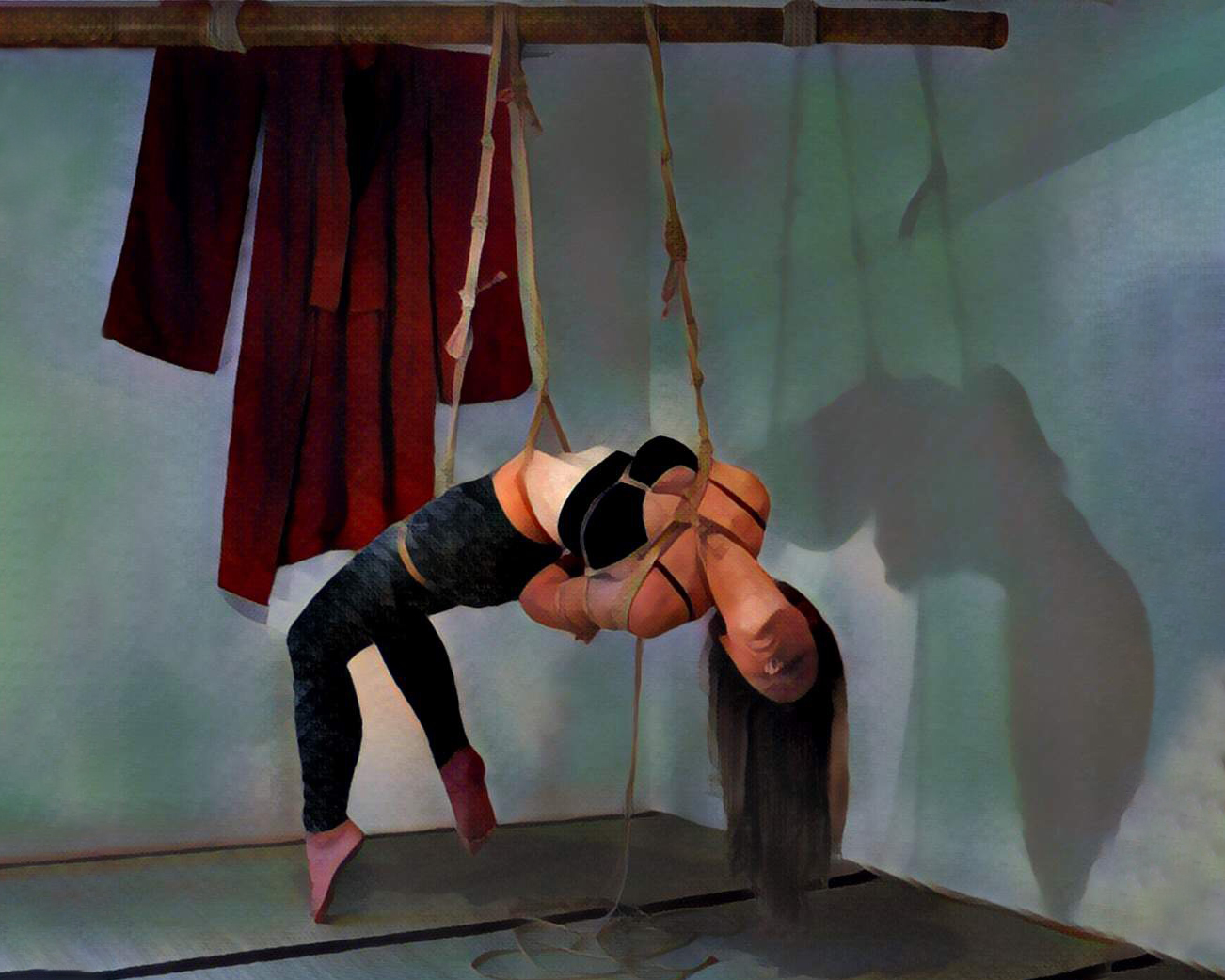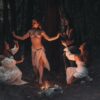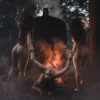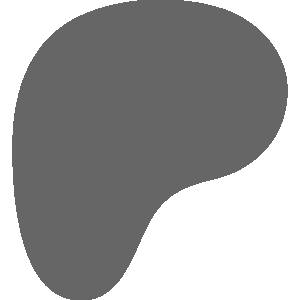The first night, we worked on her new 3-rope TK variation. The major benefit of this variant is that it adds a third band of rope to the upper wraps, spreading more of the force across the shoulders. Bound Light reported that the improvement was noticeable and more comfortable. Lately, she’d been complaining about how quickly her arms would give out in TKs. Moving the wraps a little higher and adding the pressure form the third band seemed to help with that. Also, as Gorgone pointed out, some of that was likely due to how frequently she’d been doing rope. Repetitive nerve injury is a reality of rope play, and enduring similarly-placed and tensioned TKs, no matter how well-constructed, will start to wear over time. So we were happy for another variation to add to our rotation.
The second night focused on her “Study on Falling” progression. We learned two variations: the first is slightly easier, relying on a full hip harness (with thigh and waist support); the second, which relied on a double-column around the thighs and separate waist line, was more challenging for the bottom, but also created a more interesting final form. The idea behind the progression is to move away from some of the more typical suspension positions and, instead, to attempt to display the body as if it were arrested mid-fall. Each position in the transition sequence relies heavily on getting the levels correct to balance the sustainability for the model with the aesthetics of the intended form.
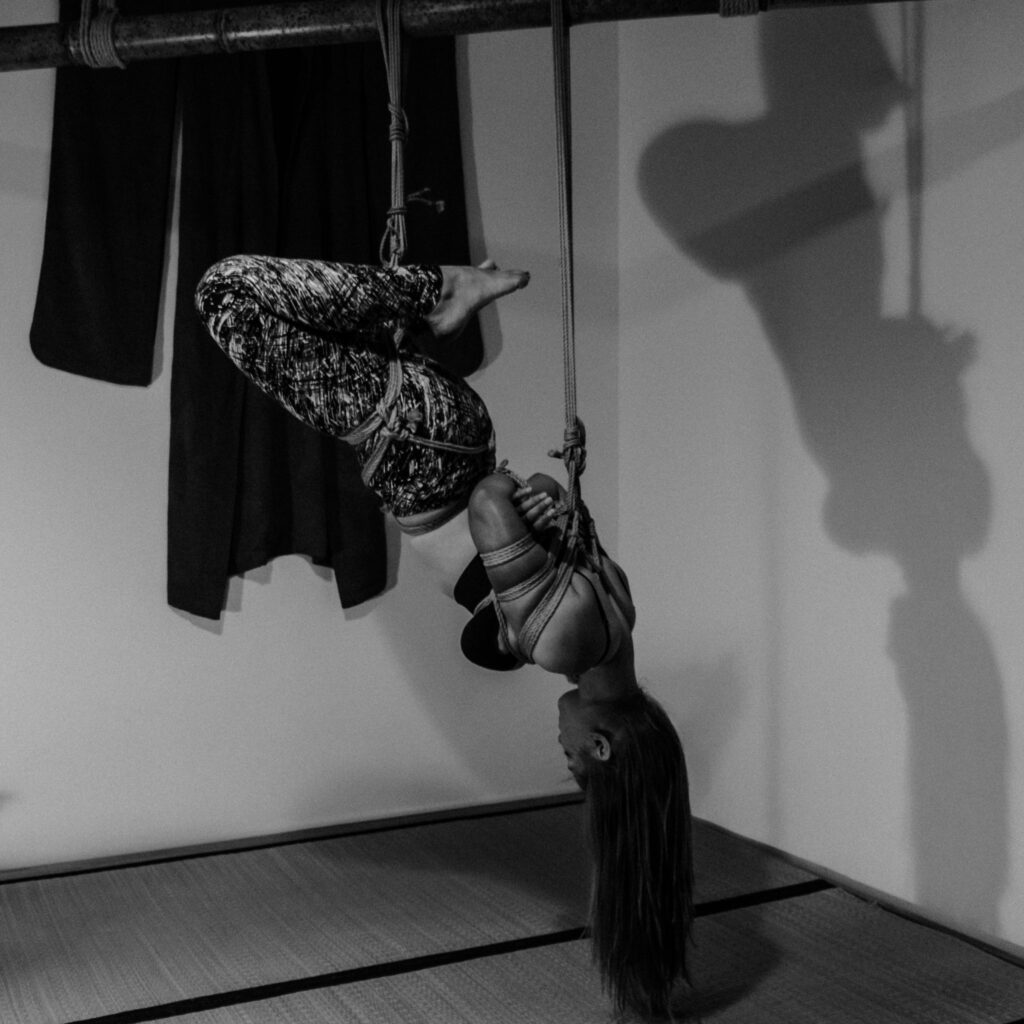
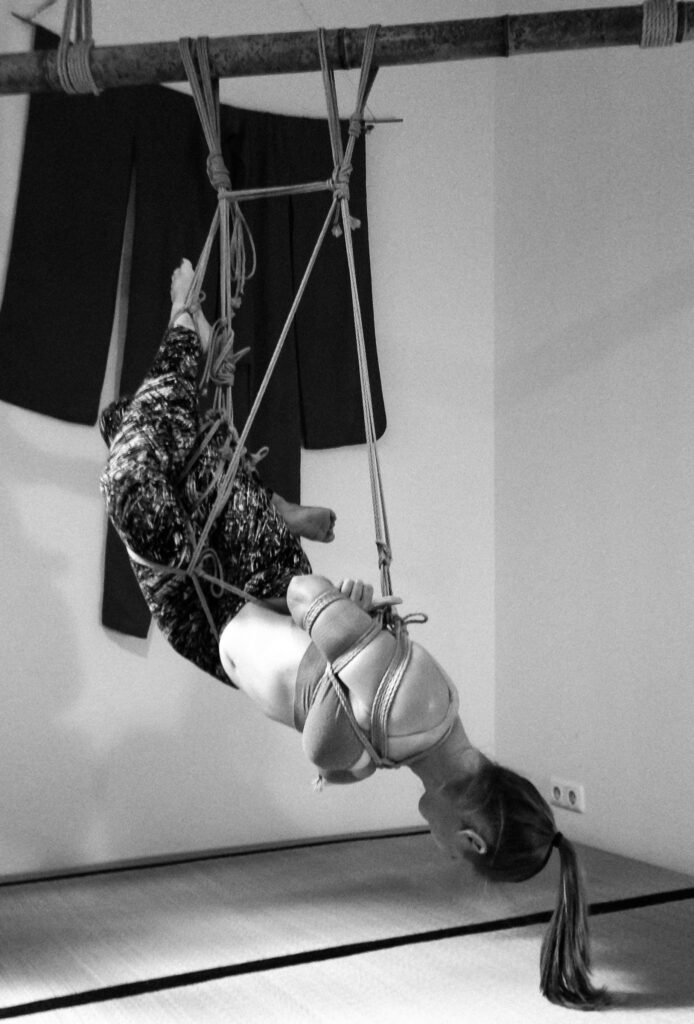
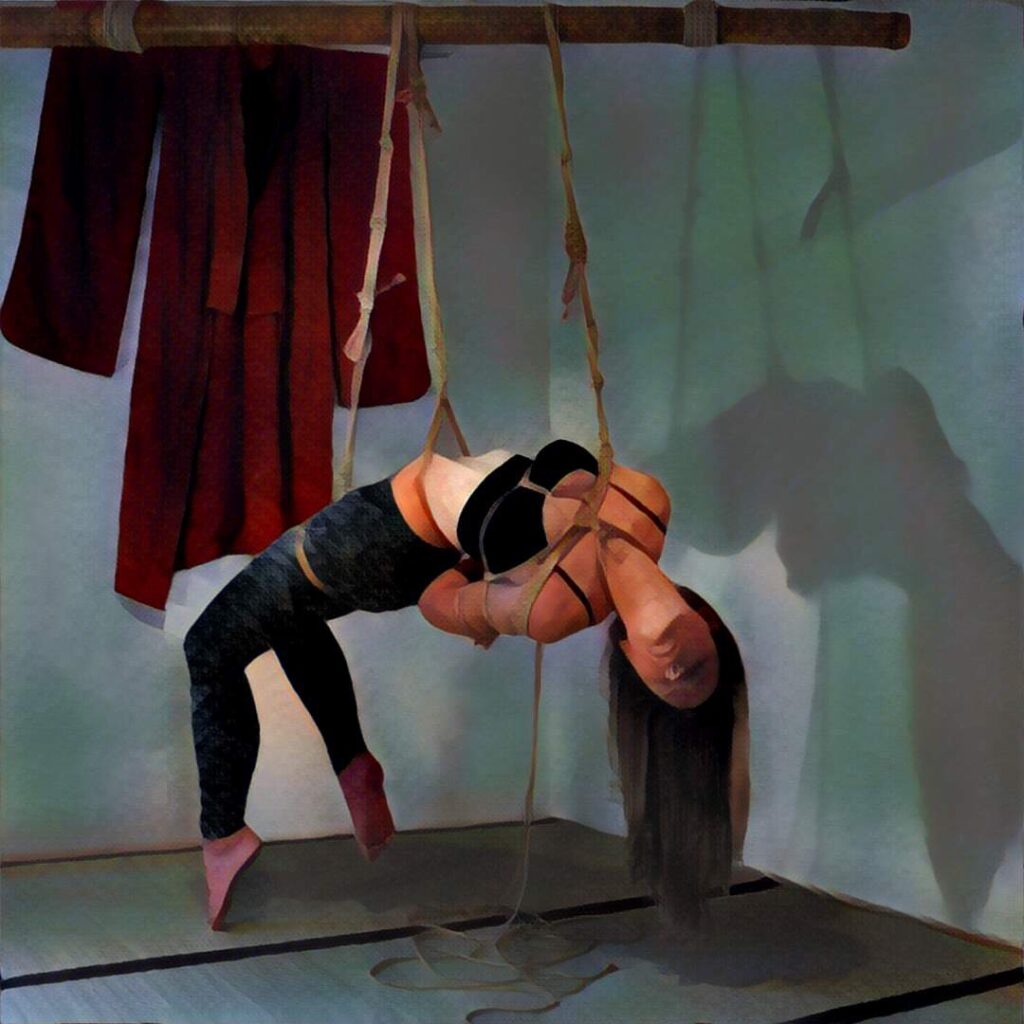

We need to work with the progression more (and definitely need bamboo to practice on, instead of a ring or carabiners), but I really appreciated both the thoughtful approach to a full transition sequence and the specific vision for each stage in that sequence. The latter appeals to my focus on rope bondage art photography, but the former helps me to think differently about the entire experience of a suspension sequence. I’m looking forward to incorporating more of this into my tying and my photography.


